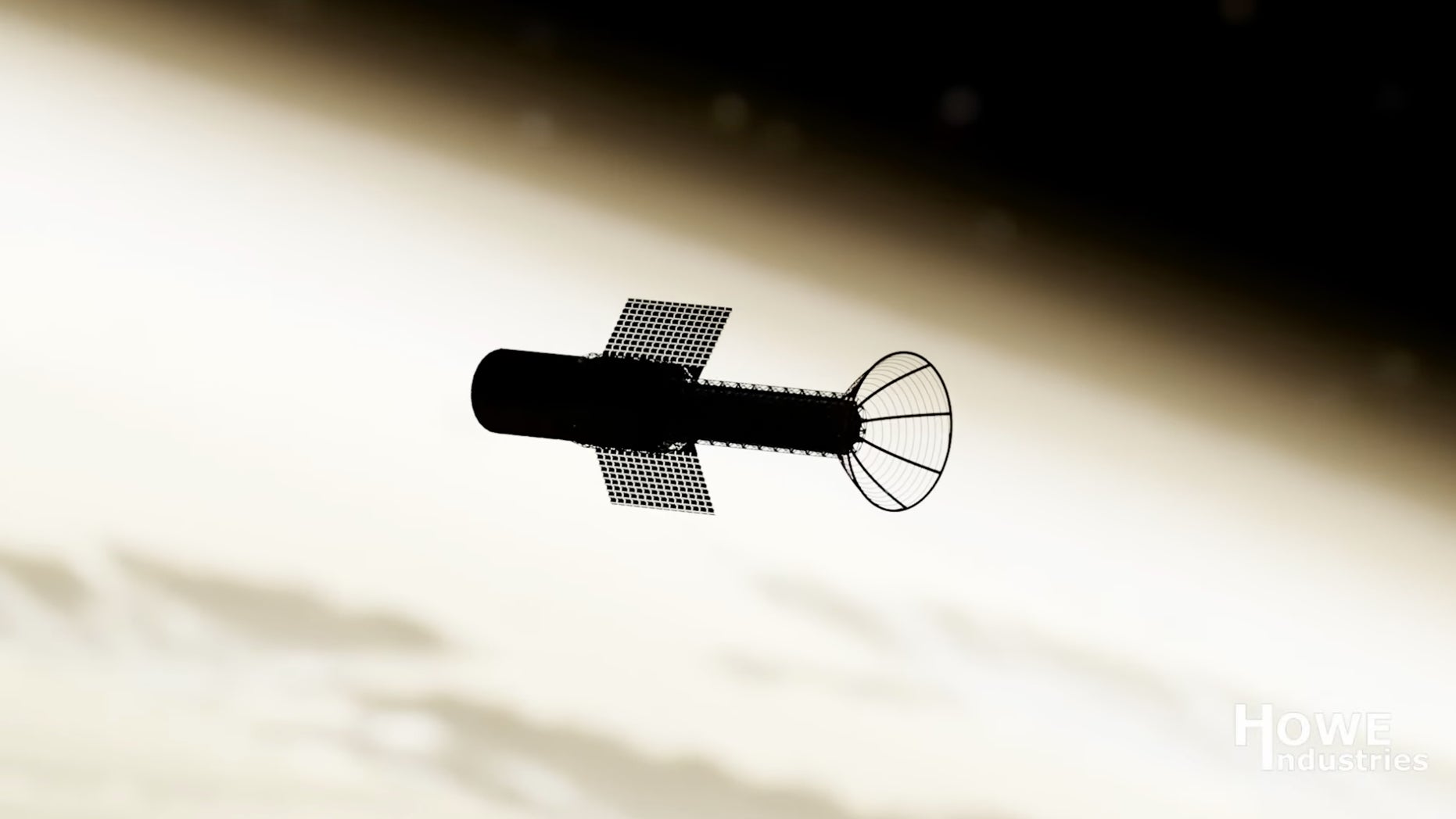GenesisNemesis
I am a proud hedonist.
- Joined
- Jul 24, 2006
- Messages
- 5,926
- Basic Beliefs
- In addition to hedonism, I am also an extremist- extremely against bullshit.

NASA's Proposed Plasma Rocket Would Get Us to Mars in 2 Months
The space agency is investing in the development of a propulsion system that uses nuclear power to create plasma bursts.
The future of space travel depends on our ability to reach celestial pit stops faster and more efficiently. As such, NASA is working with a technology development company on a new propulsion system that could drop off humans on Mars in a relatively speedy two months’ time rather than the current nine month journey required to reach the Red Planet.
NASA’s Innovative Advanced Concepts (NIAC) program recently selected six promising projects for additional funding and development, allowing them to graduate to the second stage of development. The new “science fiction-like concepts,” as described by John Nelson, NIAC program executive at NASA, include a lunar railway system and fluid-based telescopes, as well as a pulsed plasma rocket.
The potentially groundbreaking propulsion system is being developed by Arizona-based Howe Industries. To reach high velocities within a shorter period of time, the pulsed plasma rocket would use nuclear fission—the release of energy from atoms splitting apart—to generate packets of plasma for thrust.
Yeah, Gizmodo, blah blah blah, and I barely know stuff about rockets. But from what I do know... it sounds plausible? It's NASA, so it must be plausible, right?

